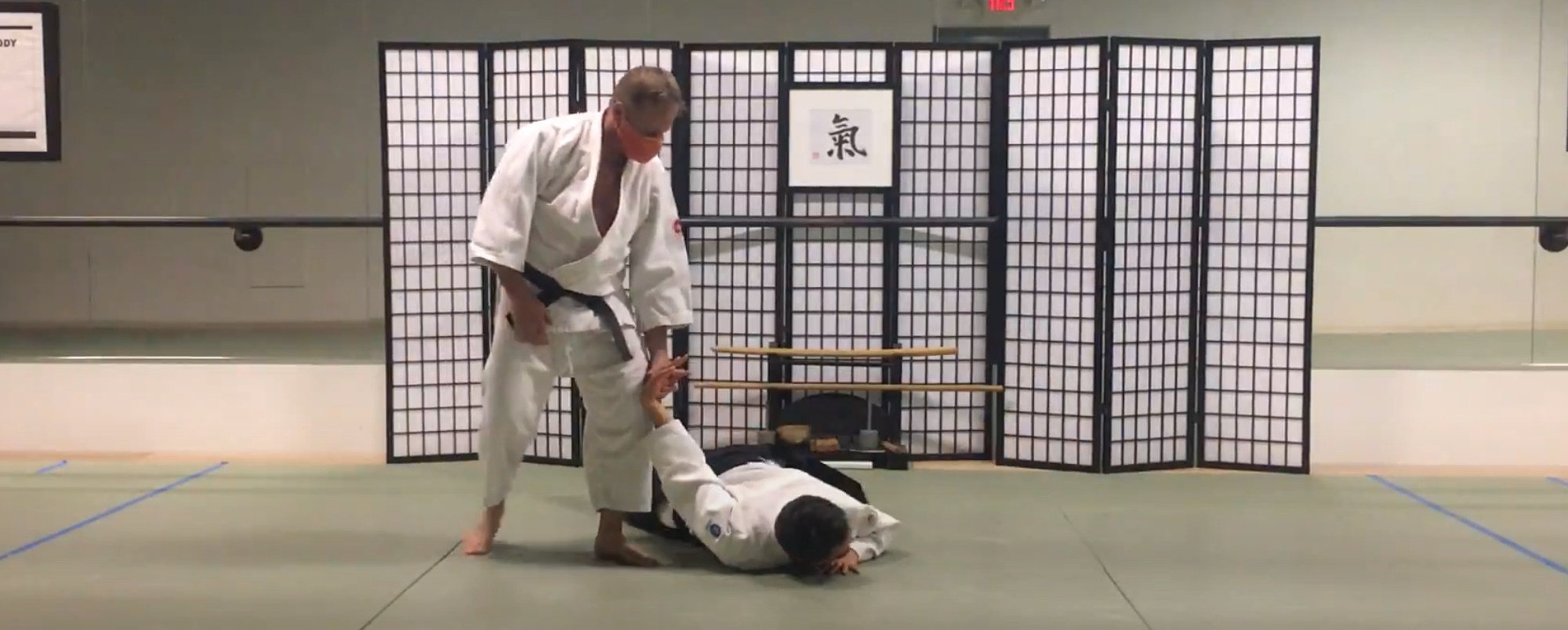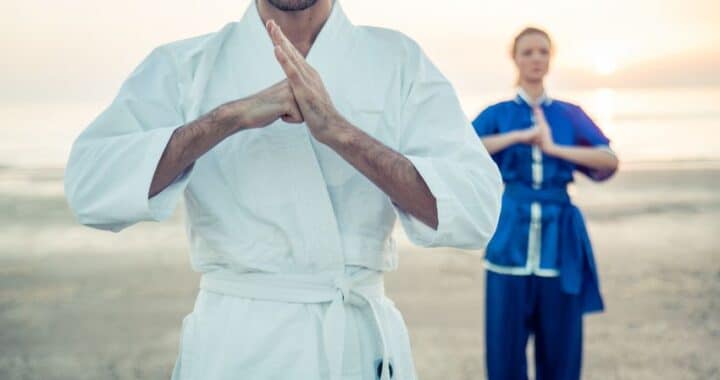Struggling to decide between Tai Chi and Aikido for your martial arts journey? This guide will help you make an informed choice by exploring the origins, philosophies, techniques, and self-defense applications of both disciplines.
Exploring the Roots and Cultural Impact
Tai Chi, or Taijiquan, traces its roots back to 13th century China. Initially developed by the Chen family and later refined by others, Tai Chi blends Taoist principles, focusing on the harmony of yin and yang and nurturing internal energy (‘qi’).
In contrast, Aikido, established in early 20th century Japan by Morihei Ueshiba, merges elements from various martial arts, influenced by Ueshiba’s spiritual beliefs. These distinct cultural backgrounds of China and Japan profoundly shape Tai Chi and Aikido’s philosophies and techniques.
Understanding Philosophies and Core Principles
Tai Chi is deeply anchored in Chinese philosophy, promoting the flow of ‘qi’ energy and seeking balance between mind and body. Its key tenets are relaxation, mindfulness, and balance, fostering inner peace and self-awareness. Practitioners move gracefully, emphasizing slow, controlled movements for strength and flexibility.
Aikido, rooted in Japanese martial arts, focuses on harmonizing with an opponent’s energy. It teaches non-resistance and non-aggression, aiming to protect oneself while minimizing harm to the opponent. Aikido’s principles include blending and redirecting an attack’s energy, underlining mutual respect and peaceful conflict resolution.
Techniques and Training Approaches
Tai Chi training combines slow movements, deep breathing, and meditation for relaxation and energy flow, focusing on posture, balance, and coordination. Techniques include strikes, kicks, joint locks, and throws, executed softly and with control.
Aikido’s training emphasizes joint locks, throws, and strikes, using circular movements for fluid transitions. It teaches precision and efficiency, utilizing an opponent’s energy effectively.
Both disciplines offer unique self-defense and personal growth approaches.
Self-Defense Applications
Tai Chi uses an opponent’s energy, focusing on balance and control with slow, flowing movements. Aikido, meanwhile, blends with an attacker’s movements, redirecting force through joint locks and throws, teaching practitioners to leverage the opponent’s momentum.
Both prioritize non-violence, highlighting calmness and centeredness in confrontations.
Choosing Your Path
Tai Chi, known for its gentle movements, suits all ages and fitness levels, focusing on internal energy, balance, and coordination. Aikido, with its emphasis on energy redirection and joint locks, offers effective self-defense techniques.
Your choice should align with your personal goals, preferences, and physical abilities. Trying both classes can help you decide which resonates more with your needs.
- Inclusivity: Both Tai Chi and Aikido are accessible to all ages and physical abilities, focusing on gentle movements and mental well-being.
- Proficiency Timeline: Mastery in Tai Chi or Aikido requires time and consistent practice, with emphasis on technique and personal style development.
- Weapon Use: Both may incorporate weapons like swords or staffs. In Tai Chi, weapons extend the body’s movements, while Aikido uses them to deepen understanding of movement principles.
Embark on Your Martial Arts Journey
Choose the path that aligns with your aspirations and physical capabilities. Whether it’s the fluid energy of Tai Chi or the harmonious techniques of Aikido, embark on a journey of self-discovery and physical mastery.
Ready to Start Aikido?
Click here to sign up and begin your Aikido journey!




